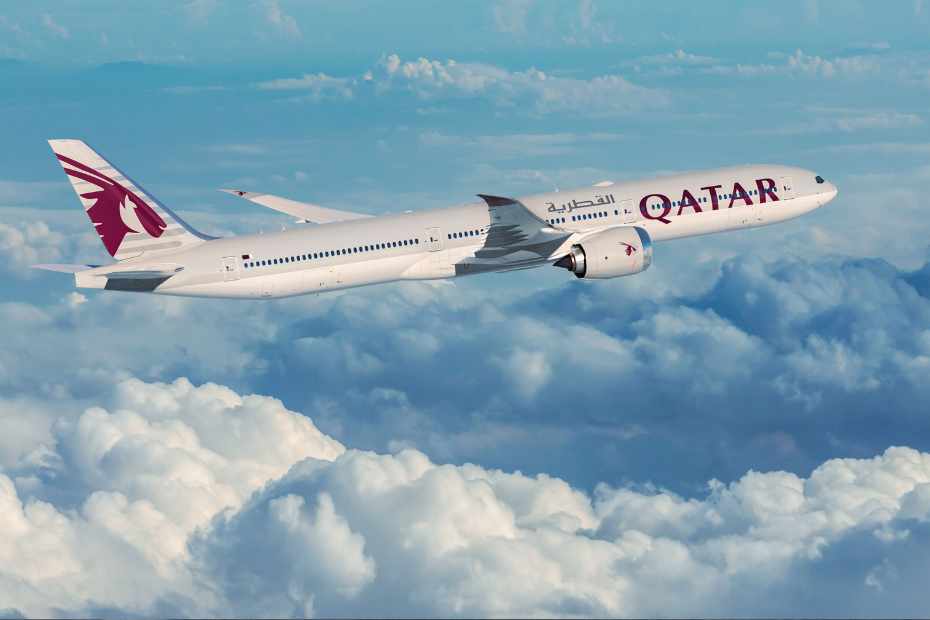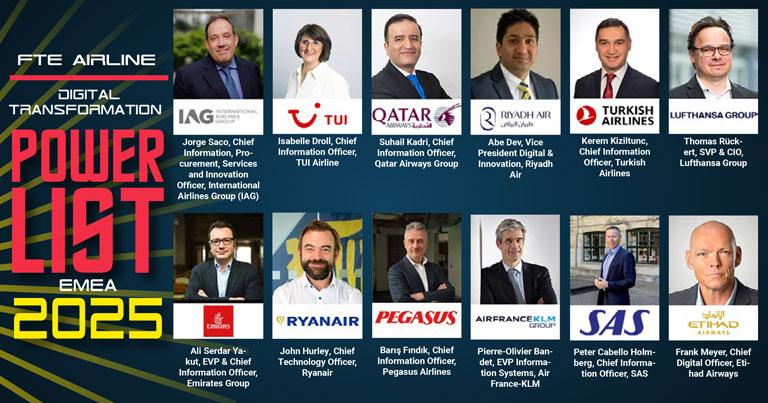Hilton: U.S. Leisure Travel ‘Definitely Softening’ – High-End Still Have ‘Fat Bank Accounts’

Hilton raised its forecast for 2024 profit on Wednesday but signaled that the post-pandemic travel surge is leveling off, particularly with American tourism.
While international demand remains robust, Hilton executives flagged a “softening” and “normalization” in domestic U.S. travel during an earnings call.
“It’s definitely softening,” said president and CEO Christopher Nassetta, though he emphasized demand is “not cratering in any way.”
The company now expects full-year revenue per available room growth of 2-3%, with the high end of that range down slightly from prior guidance. This shift suggests the pent-up leisure demand that fueled the pandemic recovery is moderating as travel patterns settle into a new equilibrium.
Demand “Normalization”
Hilton continued to forecast growth. It projected its full-year revenue per available room would rise between 2% and 3%, and its full-year adjusted EBITDA would be between $3.375 billion and $3.405 billion.
“The reason I use ‘normalization’ is not to be cute,” Nassetta said. “For the full year, we will globally see growth in all segments. It will be very, very low in leisure transient, but positive; a little bit higher on business transient, and then very, very strong for meetings and events.”
“Leisure transient has been normalizing because we’re just returning to a more normal life,” he said. “And it was at very elevated levels, particularly on weekends.”
Wealth Gap
Hilton’s commentary points to an emerging bifurcation in travel demand. According to its CEO, higher-income consumers still have “fat bank accounts,” while lower-income travelers face squeezed budgets. This aligns with a “wealth gap” in travel spending noted by Skift.
“If you break it apart, in sort of [income and wealth] segments, the lower sort of half of consumers, maybe even the lower three-quarters, have less disposable income available and less capacity to do anything, including travel,” Nassetta said. “They had money coming out of Covid, They’ve spent all that money. They’re now borrowing more.”
“You go up to the upper echelons and people still have pretty fat bank accounts and checking accounts and wherewithal,” he said. “So the impact of that is some continued normalization on leisure transient.”
The U.S. market accounts for about 70% of the business at the McLean, Virginia-based owner of 24 brands, such as Hampton Inn and Conrad.
By Geography
Regional trends paint a nuanced, varied picture. U.S. group and business travel continues to strengthen, albeit gradually. Europe remains strong but has softened marginally. The Middle East is thriving, while China lags due to its economic slowdown and limited inbound travel.
Here’s what Nassetta said.
- In the U.S.: “If you break apart the segments, group [bookings for meetings and conventions] is still raging. Business transient is still grinding up, not at a rapid pace, but still grinding up. Both of those segments are maintaining great pricing power.”
- The Middle East: “The Middle East remains quite strong pretty much across the board.”
- Europe: “I would say Europe is still very, very strong in an absolute sense, but a touch weaker than what we had seen a quarter ago. Again, you’re still at the high end of high-single-digit year-over-year growth. So it’s not a bad story. It has just come off a little bit.”
- China: “Their economy is slow. We do expect to end the year sort of down probably circa 5%. Chinese travelers love to travel and they’re getting out of China and they’re going around [Asia Pacific]. There’s just not enough inbound travel yet into China. There are not enough flights from Europe and the U.S. and other parts of the world to compensate for that.”
- India: “No real signs of weakening.”
- Overall: “We think Asia Pacific, excluding China, is going to have a very good second half of the year, particularly led by Korea and Japan, and we think the Middle East and Africa will as well, at the highest levels of [revenue-per-available-room] performance.”
Hilton’s Second Quarter Numbers:
- Net income: $422 million, up 2.2% year-over-year.
- Adjusted EBITDA: $917 million, up 13%.
- Revenue: $1.27 billion (after subtracting revenue it must pass to its managed and franchised properties), up 11% year-over-year
- Hilton didn’t reveal any update to the membership count in its loyalty program, which, as of February, had “more than 195 million members.”
Luxury Hotel Gains
The company’s recent rebalancing of its portfolio mix towards luxury and lifestyle hotels appears well-timed. Its partnership with Small Luxury Hotels of the World (SLH) is off to a strong start, executives said.
Hilton gave an update on its exclusive licensing deal that it announced in February. SLH is a group of hundreds of boutique hotels (think 45 to 55 rooms each) that had been previously unaffiliated with the major hotel groups.
Out of 560 possible, Hilton signed up “nearly 300 boutique luxury properties” to its system in July and expects to add another 100 this year.
The partnership will be profitable for Hilton, executives said.
“We get sort of normal fees relative to what we would get in a typical franchise arrangement but for the fact that we get paid on the business we generate there versus 100% of revenues [generated at the property],” Nassetta said.
“Now recognize that the average [daily room] rate of these hotels is probably six to seven times our system-wide average rate,” he said. “So in the end, we feel very good about the economics.”
Lifestyle Hotel Growth
Consumer interest in lifestyle hotels, which have distinctive decor and furnishings and pride themselves on quality restaurants and bars, continues to rise as guests seek Instagrammable experiences.
In the past year, Hilton said it had expanded its lifestyle hotels by more than 30%, fueled largely by growth in growth in its Curio and Tapestry “soft brand” collections and by its acquisition of Graduate Hotels earlier this year.
“With roughly 400 lifestyle properties today and hundreds more in the pipeline, we are well positioned for substantial over the next several years,” Nassetta said.
No Junk Fee Impact
Hilton sees no impact from new regulations requiring upfront disclosure of total room costs, including mandatory fees. This suggests pricing power remains intact despite regulatory scrutiny of so-called “junk fees.”
On July 1, all U.S. hotels had to begin complying with new California regulations requiring upfront disclosure of the total cost — including all mandatory fees.
Truist Securities analyst Patrick Scholes asked Hilton executives if they had seen any impact on the growth of their average daily rates or even customer demand from bundling the hotel rate and resort or amenity fees into single rate quotes.
“It’s sort of early days on those changes, but I mean, really, in the end, that’s about more transparency, and we do not see any impact to ADRs [average daily rates],” said Kevin Jacobs, chief financial officer. “We have not seen any impact nor do we expect any from that change.”
Accommodations Sector Stock Index Performance Year-to-Date
What am I looking at? The performance of hotels and short-term rental sector stocks within the ST200. The index includes companies publicly traded across global markets, including international and regional hotel brands, hotel REITs, hotel management companies, alternative accommodations, and timeshares.
The Skift Travel 200 (ST200) combines the financial performance of nearly 200 travel companies worth more than a trillion dollars into a single number. See more hotels and short-term rental financial sector performance.
Related
Turkish Airlines and Qatar Airways Suspend Mogadishu Flights Following US…
Home » Airlines News of Qatar » Turkish Airlines and Qatar Airways Suspend Mogadishu Flights Following US Embassy Terror Alert, Raising Security Concerns at
Local tourism destinations grow fast
Men sit at the Doha Corniche backdropped by high buildings in Doha on March 3, 2025. Photo by KARIM JAAFAR / AFP DOHA: Local tourism destinations are g
Hajj, Umrah service: Qatar Airways introduces off-airport check-in for pilgrims
Image credit: Supplied Qatar Airways has introduced an off-airport check-in
IAG, Qatar Airways, Riyadh Air, Turkish Airlines, Lufthansa & more…
Turkish Airlines – a Corporate Partner of the FTE Digital, Innovation & Startup Hub – is charting a course to rank among the top 3 global airlines for












